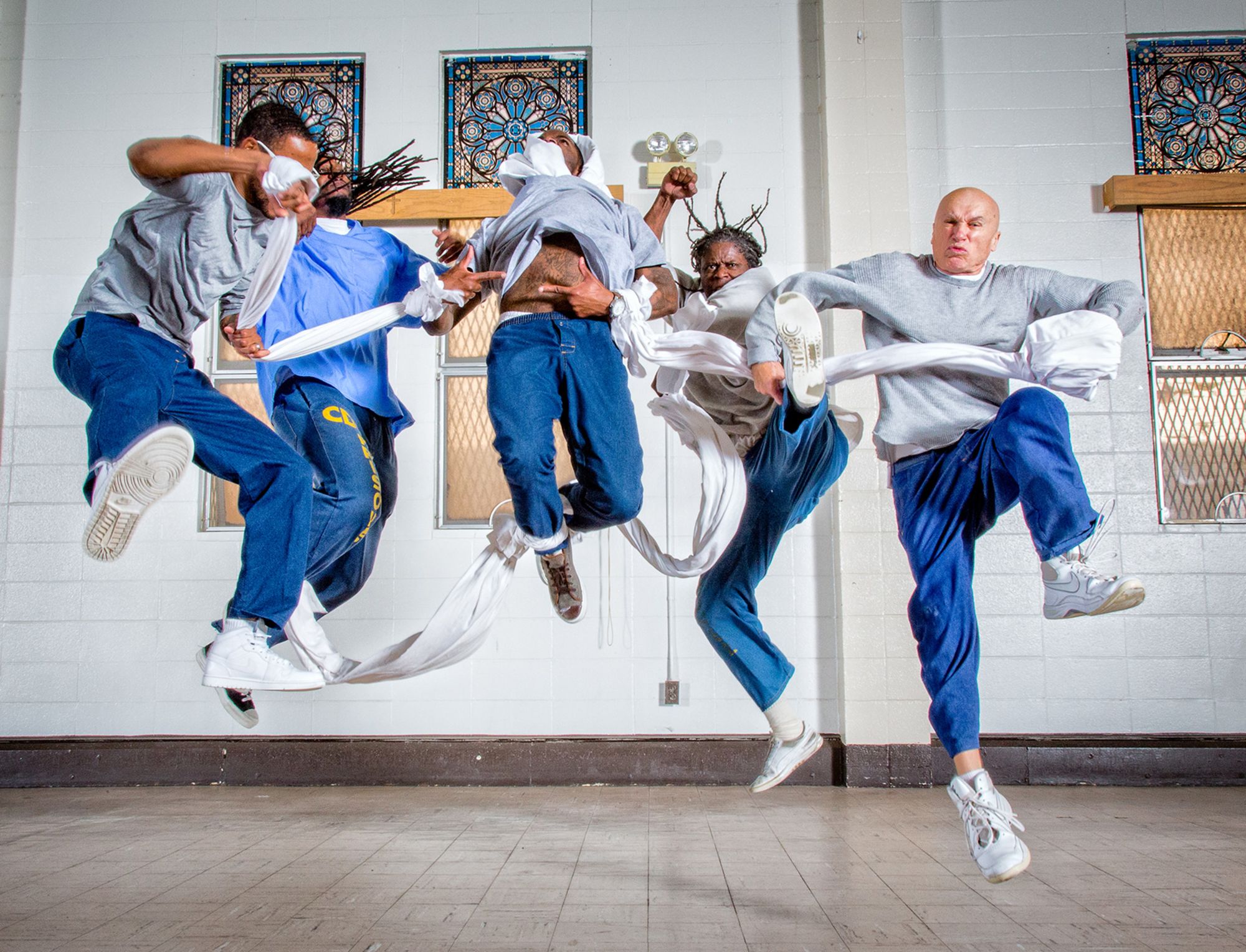In photographer Peter Merts’ images of California’s Arts in Corrections program, a smiling man is pictured with an acrylic portrait of Pope Francis. It is a fitting choice of subject in a photo series that explores rehabilitation and redemption in America’s prison system.
Even before the California Institution for Men established an arts program, the 54-year-old, who is not named in Merts’ new book, had begun teaching himself to paint using only the few books and supplies that he had access to. When the prison piloted an arts class, he signed up.

His skills progressed to the point where he became an “inside facilitator,” helping the instructors deliver classes and mentoring fellow students. After serving time for murder, he was released from prison and immediately hired by the same teaching program he had assisted. He still creates art and teaches painting to anyone interested.
The man is one of many subjects featured in Merts’ book, “Ex Crucible: The Passion of Incarcerated Artists,” which showcases people participating in prison arts programs spanning creative disciplines including music, writing, visual arts, dance and theater. Merts conceived the project in early 2021 but he has been documenting these programs for 15 years.
Across dozens of photographs, he offers an emotional portrayal of an often-vilified population. In some images, Merts focuses on an individual artist’s facial expressions as they contort their features during theater classes or engross themselves in a music lesson. Sometimes, close-up portraits don’t feature any artworks at all, but rather focus on a single person’s face against a white or gray background.
Other times, the photos center on the art itself, capturing intricate origami models, dynamic acrylic paintings and careful pencil sketches. However, the artist’s hands are always present in these images, drawing the viewer closer to the creative process as subjects play piano, position their fingers on guitar strings or thumb through art textbooks.

Merts said that when he began the project, he wanted to be an objective observer.
“I initially wanted to be unengaged, a fly on the wall, just because it was remarkable to me,” he said in a video call. “But now I follow the emotional energy in the room. When someone is excited, I go there — when someone is confused, I go there. You can really see the courage and the passion in the people.”
“We all get nervous about self-revealing,” Merts added. “But the artists begin to see that they can open up and investigate themselves and their lives. And when they do, they become very authentic.”
The photographer said art helps people lay bare who they are, adding that he is fascinated by observing which subjects the incarcerated artists are drawn to. “Sometimes it’s family, and they draw portraits,” he said. “Sometimes it’s their culture or heritage, and their paintings contain cultural iconography.”

Merts’ favorite reactions to his work are from people who say it has radically changed the way they think about those who are incarcerated.
“By showing humanity and authenticity, originality and personality you create empathy,” he said. “I hope that what’s happening here is a path where we can advocate for victims without stripping the perpetrator’s humanity.”
Enriching lives
Prison arts programs, like the ones portrayed in Merts’ work, have the power to dramatically enhance the quality of life for those inside correctional facilities, according to Larry Brewster, a professor emeritus at the University of San Francisco who specializes in public policy.
Ten years ago, he and Merts collaborated on a different book, “Paths of Discovery: Art Practice and Its Impact in California Prisons,” which combined the latter’s photography with prisoner interviews.
Merts and Brewster say that, on a policy level, the lives of incarcerated people are often dismissed or deprioritized in favor of focusing on recidivism rates. But, they argue, a supportive prison environment can have positive outcomes on people’s lives once they leave the system.
Brewster spent decades analyzing the effect of offering art initiatives in prisons and noted a number of benefits to participants.
“What I found to be statistically significant, quantitatively, were better time management skills, greater emotional control and self-confidence, and an increase in motivation to pursue other educational and vocational programs,” he said.
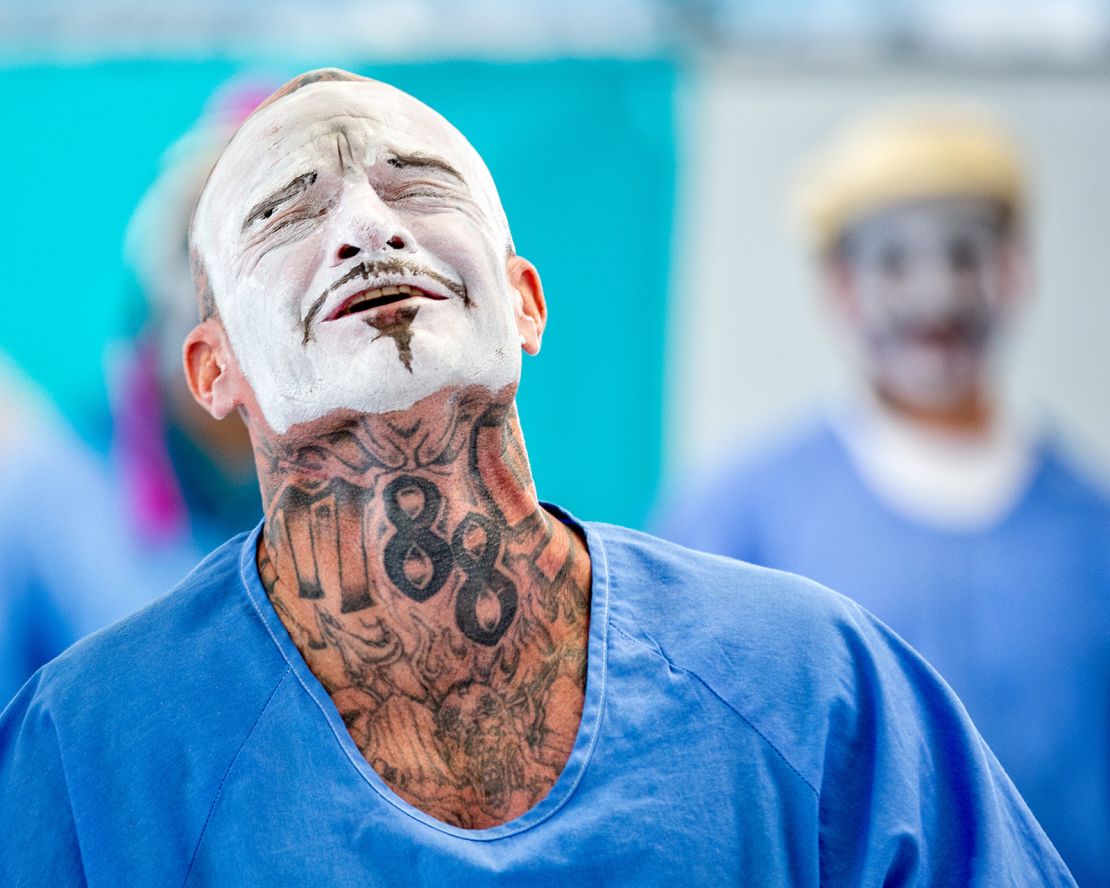
According to the California Arts Council, the state’s Department of Corrections and Rehabilitation invests $8 million per year in its prison arts program. Nine years ago, it was investing only $2.5 million annually. Experts argue that funding and political backing for prison education programs is critical to people’s rehabilitation — and this isn’t limited to visual arts.
A 2021 study published by the Academy of Criminal Justice Sciences examined the Bard Prison Initiative, which offers college degrees in a variety of liberal arts to incarcerated individuals in six New York state correctional facilities. Researchers found that participants had a significantly lower recidivism rate than the general prison population, with those gaining a degree through the program less than half as likely to reoffend (and those who obtained a full Bachelor of Arts degree almost seven times less likely to do so).
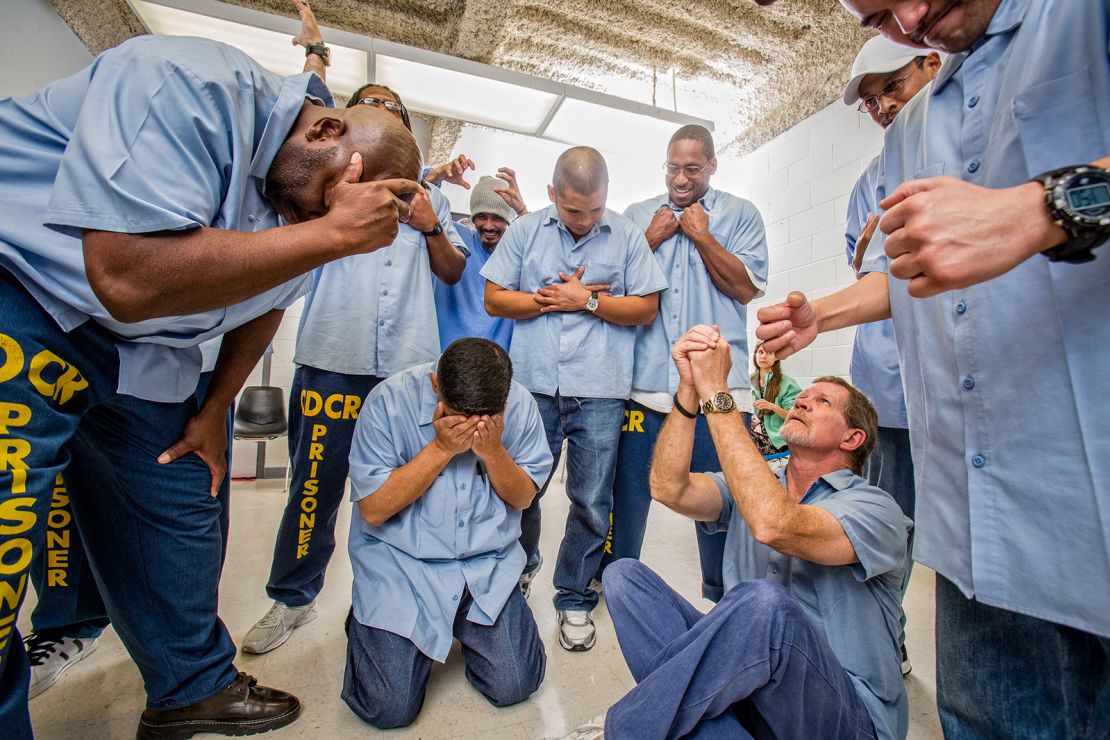
Brewster said that his sample size has been too small to make similar statements about recidivism in California’s prison arts programs specifically. But he has found that participation results in significantly fewer disciplinary infractions within prison.
“People say to me how much safer they feel in the classrooms than when they’re in the yard,” Brewster said.
Merts, meanwhile, has heard incarcerated people refer to the arts classrooms as “sanctuaries.”
According to a 2016 survey by the Bureau of Justice Statistics, the average person in state prison only has a 10th-grade education. Incarceration is inextricably tied to systems of poverty that disproportionately affect people of color, especially Black communities in the United States. Advocates of prison education programs believe they can help to address that systemic neglect by offering opportunities for socioeconomic mobility after release.
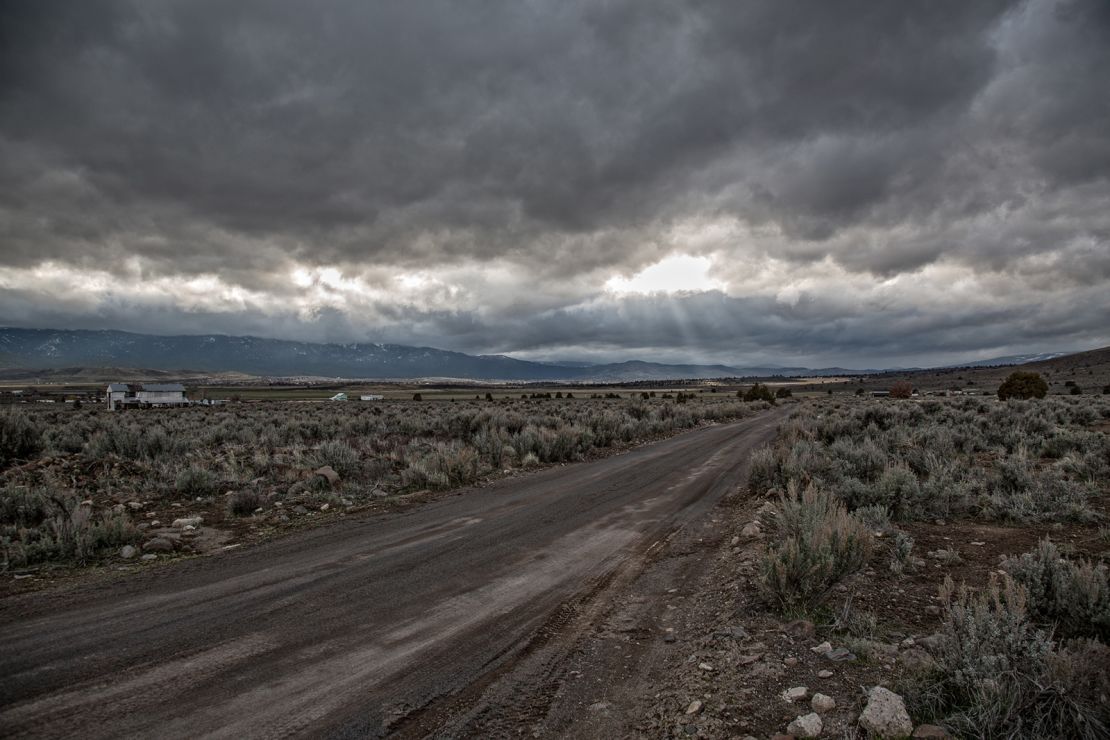
Not just a number
According to the Justice Arts Coalition, 48 states offer some sort of prison arts programs, though access varies significantly.
On the other side of the country in a Georgia state prison, Noe Martinez was not offered an arts program while he was incarcerated from 2010 to 2020.
“In fact, we had to get special permission from the warden to get something as simple as crayons or colored pencils sent into the prison by our families — and it wasn’t always approved,” he said.
Instead, he made paint out of anything he could find, including candy, Kool-Aid powder and hair gel. Looking through his old artworks during a video interview, Martinez deciphers that one watercolor must have been made in the fall, as the blue and purple shades in the background would have come from Jolly Ranchers he received at Halloween.
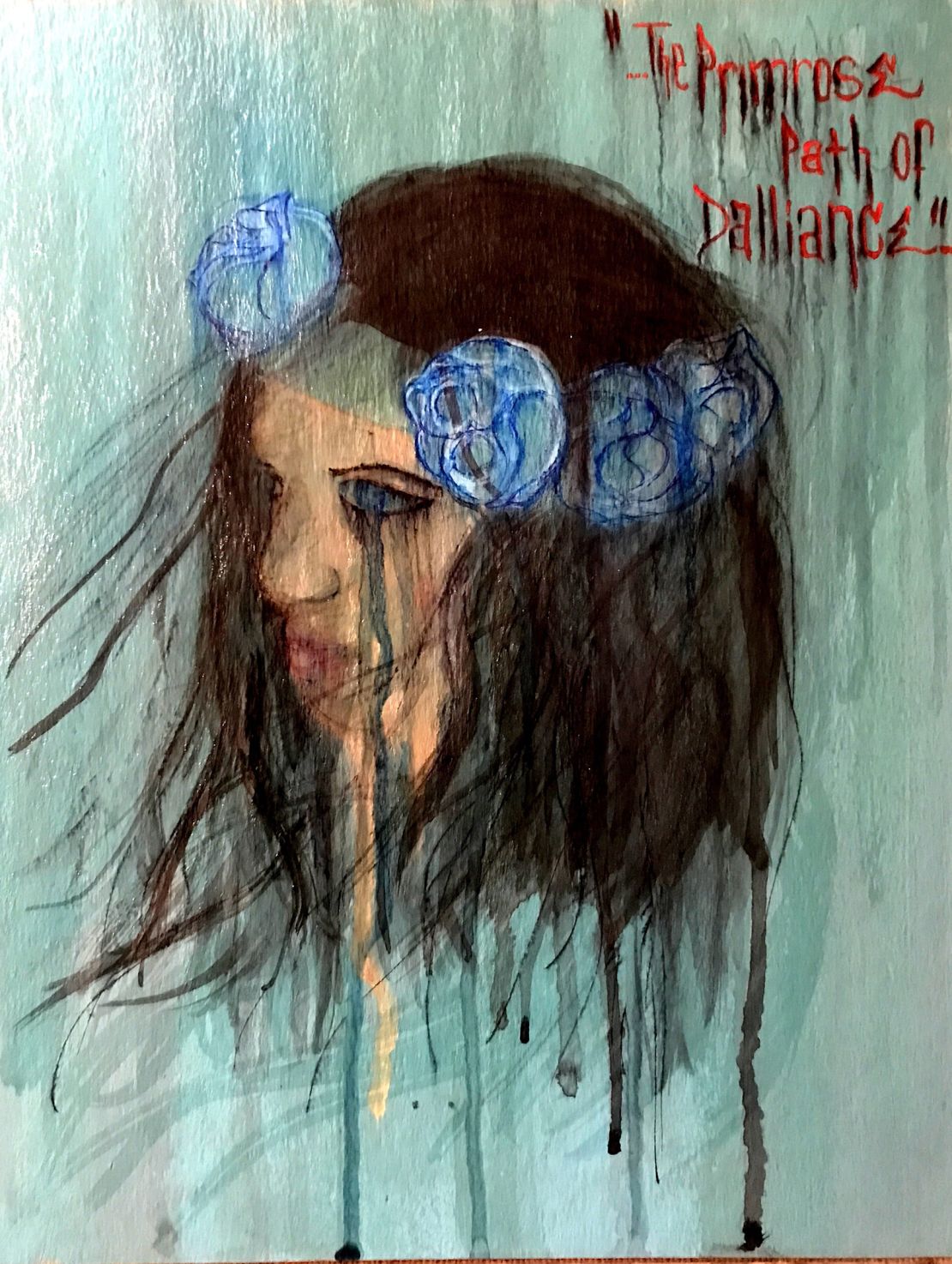
Martinez, who was imprisoned for armed robbery and aggravated assault, grew up in what he describes as “a pretty crummy neighborhood” in Chicago and began his artistic journey with graffiti.
“So often we were just written off as statistics, or tally marks in someone’s checklist of reasons why this neighborhood sucks, or why it needs gentrification,” he said. “Illegal art, for me, had always been a way to announce to the world that I was somebody, that I was an existing person. Because statistics and tally marks can’t write on a wall — it’s a human being.”
The sense of dehumanization only intensified once Martinez was incarcerated. “You lose your identity, you lose your name. You effectively become a prison number.”
While in prison, he often returned to graffiti, even creating stickers with graffiti patterns and sticking them around the facility. He said he also created pieces representing different parts of Chicago “because I was so homesick.” More than two years after his release, Martinez still paints graffiti on canvas.
Martinez’s experience appears to affirm Merts and Brewster’s belief that art can provide a safe space. “I can only speak for myself, but art offers a brief moment to step out of the prison environment and culture and do something you found entertaining as a child,” Martinez said. “It gives you a moment where you’re little again, maybe before you made some bad choices.”
“I always felt that art had a redeeming value in it,” he added. “It gets the nasty stuff out of you, the anger out of you.”
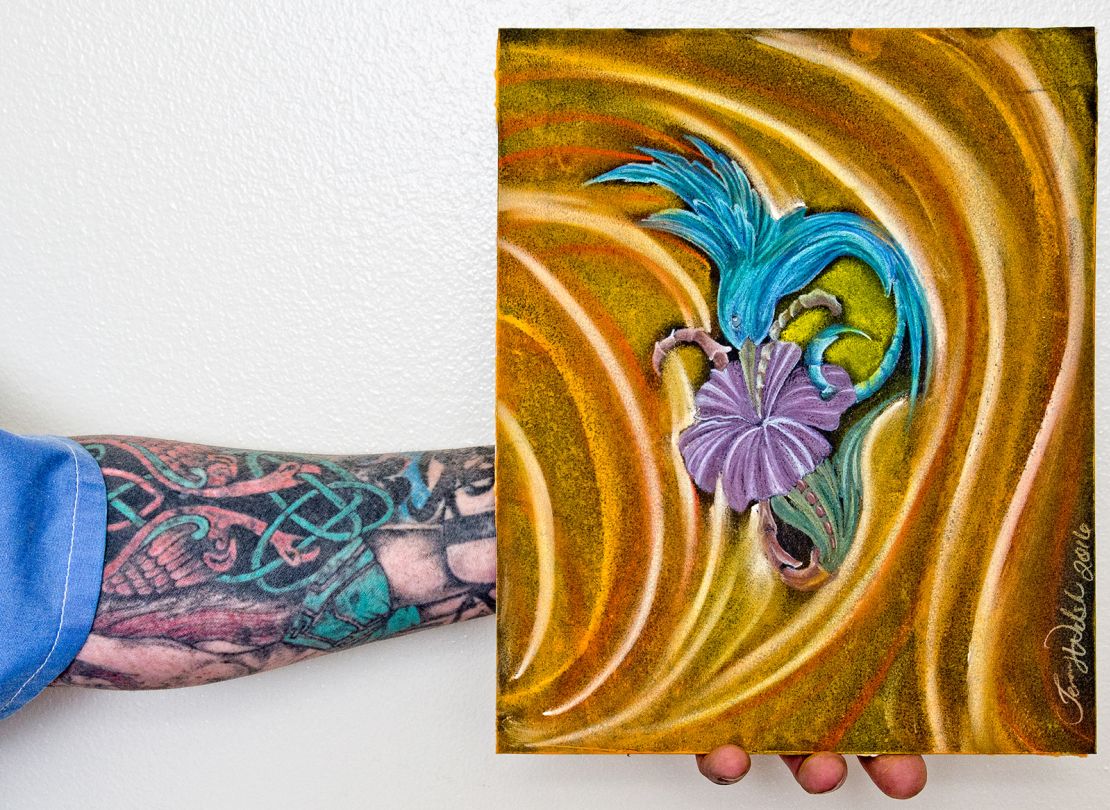
Brewster said he’s heard these sentiments repeated among current and former prisoners time and time again.
“We’re dealing with people that harbor (within themselves) room for error but also goodness,” he said. “Peter (Merts’) work invites people from the outside to come in and observe. Suddenly, people are seeing the incarcerated through a different lens. They see them not as a number, but as a visual artist, a musician or a writer.”
Merts says many of the incarcerated artists he has observed over the years have found redemption and community through art. He wants to see more support for prison arts programs and believes photography is a powerful medium through which to shape public opinion.
“I thought there was an opportunity here to reach people in a different, visual, non-textual way,” he said. “It tends to be a more emotional channel for people.”
“Ex Crucible: The Passion of Incarcerated Artists,” published by Daylight Books, is available now.
Top image: A movement and spoken word class in San Quentin Prison.
